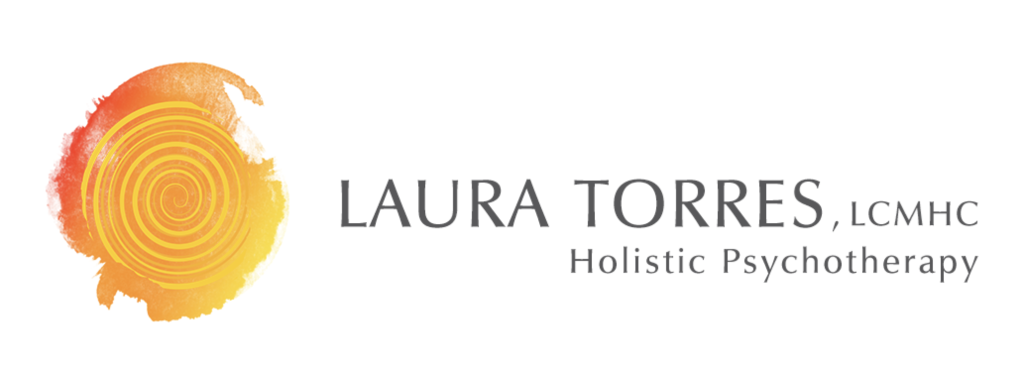“Write it on your heart that every day is the best day in the year.” -Ralph Waldo Emerson
I love this quote because it’s a powerful reminder that each day is a new day and opportunity for a fresh start. And new year’s day is just a day. That said, for many of us, new year’s day (and the days surrounding it) marks a time of thoughtful reflection and looking ahead with intention.
This isn’t always pretty or easy, though, especially if you’re not where you thought you’d be at this time last year. We’ve all been there, right? And I don’t want you to throw the proverbial baby out with the bathwater just because you didn’t meet the goals you’d set out to meet last year. So I thought I’d compile a list of do’s and don’ts as you reflect and look ahead in order to support you in maximizing your learning, inspiration, and joy during the process. Here ya go:
- Do celebrate your accomplishments and forward movement from last year! We tend to just breeze over the things we accomplished, checking them off the list, and focus on the areas that still need work. It’s so important to take in the good. Also, make sure to notice small positive changes as you reflect even if you didn’t meet last year’s big goals. It can be easy for our disappointment to overshadow the other accomplishments. Look for the ‘wins’ even if you didn’t intentionally set out to create them, e.g., Suppose you set out to renovate your living room and it didn’t happen–but you did upgrade your home in other ways like getting a new couch and a king size bed. Celebrate those wins!
- Don’t beat yourself up! It’s important to honor our disappointment or frustration for unmet goals but see if you can be present with the emotions without the finger pointing or judgment. Blaming ourselves is not productive and zaps our energy and motivation to set intentions for the coming year. So allow yourself to feel whatever you’re feeling, offer your self compassion, and then move on to envisioning for the upcoming year.
- Do get curious about goals you didn’t accomplish. Are they still important? What happened? What got in the way? What other ways can you look at the situation? Are there smaller or related aspects of the goal that saw some forward movement? If they’re still important, how can you bolster your chances of making progress towards them this year? In my experience, unmet goals are often too big or too vague–explore making them smaller and more concrete.
- Don’t go it alone! For many of us setting intentions is kind of a solitary activity but it doesn’t have to be–and there are lots of great benefits to sharing this practice with someone supportive. For the past 5 years or so, my good friend and I have set aside time to go over our intentions from the previous year as well as our intentions for the upcoming year. It’s been really powerful to acknowledge our intentions aloud and also to celebrate our accomplishments from the previous year together! It can also be helpful for shifting out of our inner critic into self-compassion around unmet goals and trouble shooting stuck spots. If you notice a pattern that you’re having trouble shifting, it can be especially helpful to reach out to someone–friend, family, counselor, life coach, etc.
- Do take some time to write down your intentions for the upcoming year (and put them in a place where you’ll be able to find them next year!). Personally, I spend some time exploring intentions for each area of my life, e.g., work, physical health, emotional/spiritual, family/relationships, financial, etc. and then I input everything into a word doc. This seems to be the easiest way for me to keep my previous year’s intentions in a place where I can find them.
- Do get creative with your envisioning. There are so many free resources out there for setting intentions. You could explore choosing a ‘Word of the Year’. You could create a vision board. You could create a ritual to honor your process of intention setting. There may even be resources in your community around creative intention setting. If you have any resources or tools you love, I’d love to hear about them
- Do trust that you’re in exactly the right place. This can be super hard when we’re in the dark and messy part of the story. But when we can lean in and trust that perhaps this too is an important part of our journey (even if we don’t yet know why), we’re able to re-engage in the flow of life. Finding a way to create a restorative narrative or reframe around where we’re at (if it’s not where we want to be) can be super helpful here. Martha Beck has a really cool exercise where she encourages you to look back across your life and identify several hard experiences and explore how those contributed to a later positive experience, which helps us open our minds to the possibility that even hard things could be in service of something good.
- Don’t forget gratitude. If you do nothing else, do gratitude. This definitely applies to reflecting back on the last year and looking ahead. As you look at your accomplishments, notice and take it the felt sense of gratitude for all of those (yourself included) who supported you along the way. For example, if you ran that 10K race, take a moment to feel gratitude for your healthy, strong body that enabled you run that race.
- Do connect to your felt sense of what it will be like when your intentions are realized. This is super important when you think about the law of attraction. When we connect to the energy of what it’s like to be where we want to be, we attract that energy. This is different from connecting to the energy of longing or lacking or not being where we want to be. So to do this, it helps to get really specific and then imagine it’s actually happening or has happened and notice how it feels. For example, if you want to feel more confident, you might imagine a specific situation and imagine how you would respond, feel, behave as your confident self. Vision boards can be a really fun way to connect to the felt sense.
- Do look back at your intentions periodically throughout the year. This isn’t a must because once you set the wheels in motion, the universe will begin to conspire to support you. But it can help to set up times to check in throughout the year just to see if you’re on track, trouble shoot stuck spots, and jog your memory if you’ve forgotten what you set out to do. But remember, it’s less about the outcome and more about knowing where you’re headed.
I hope this list of do’s and don’t supports you in creating an enjoyable and inspiring practice of reflection and intention setting this year (and for years to come). Here’s to a practice of dreaming big and letting go of attachment to the outcome.
Challenge: Take some time to write down your intentions for the upcoming year and reflect on how you’ve grown and changed over the past year. Use the tips above to support you!
Affirmation: I am free to create the life I want to live.

